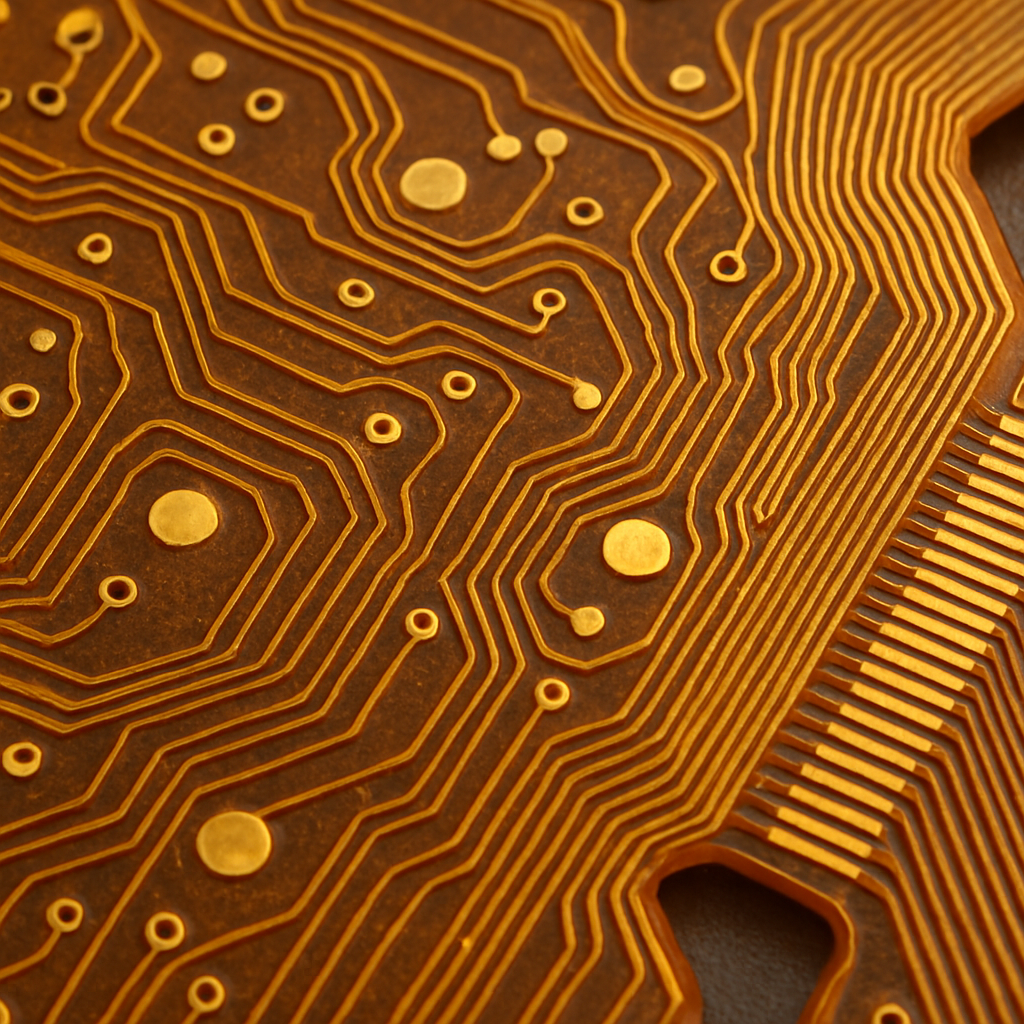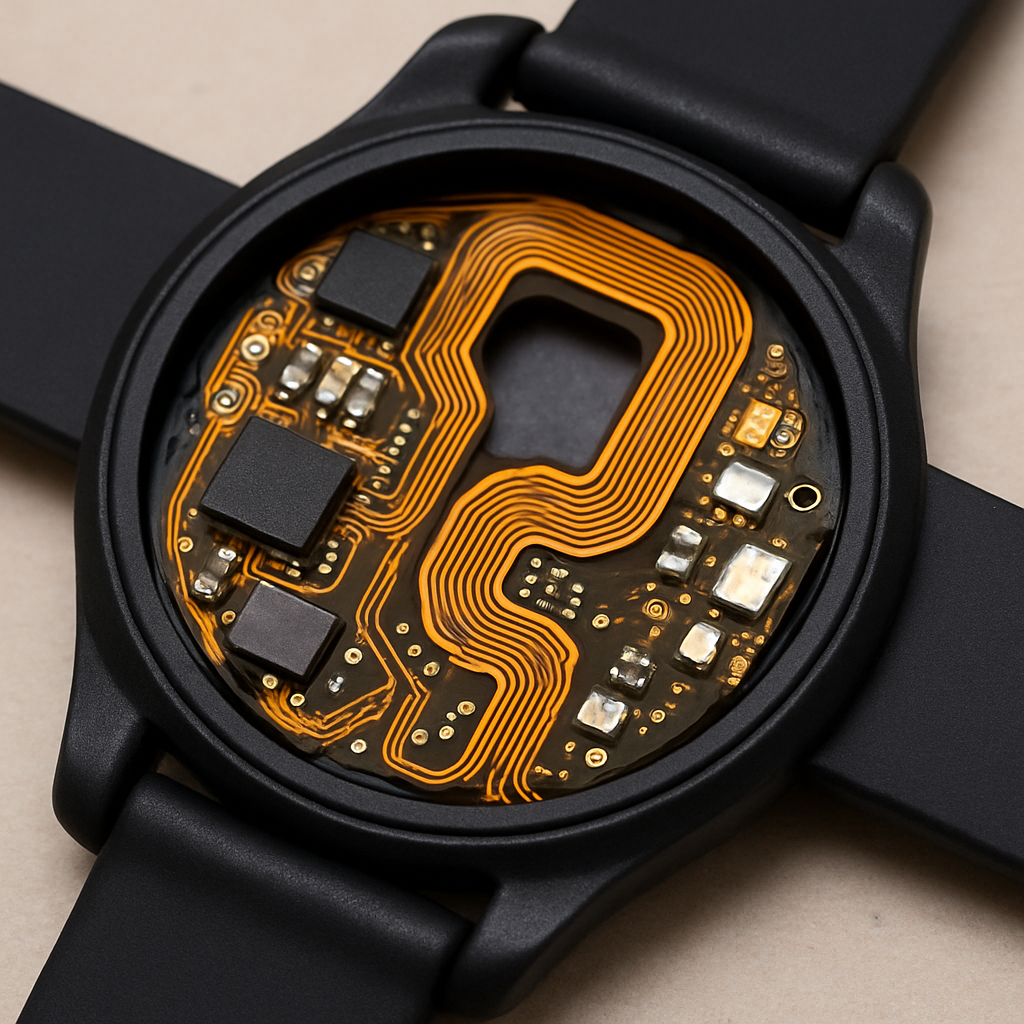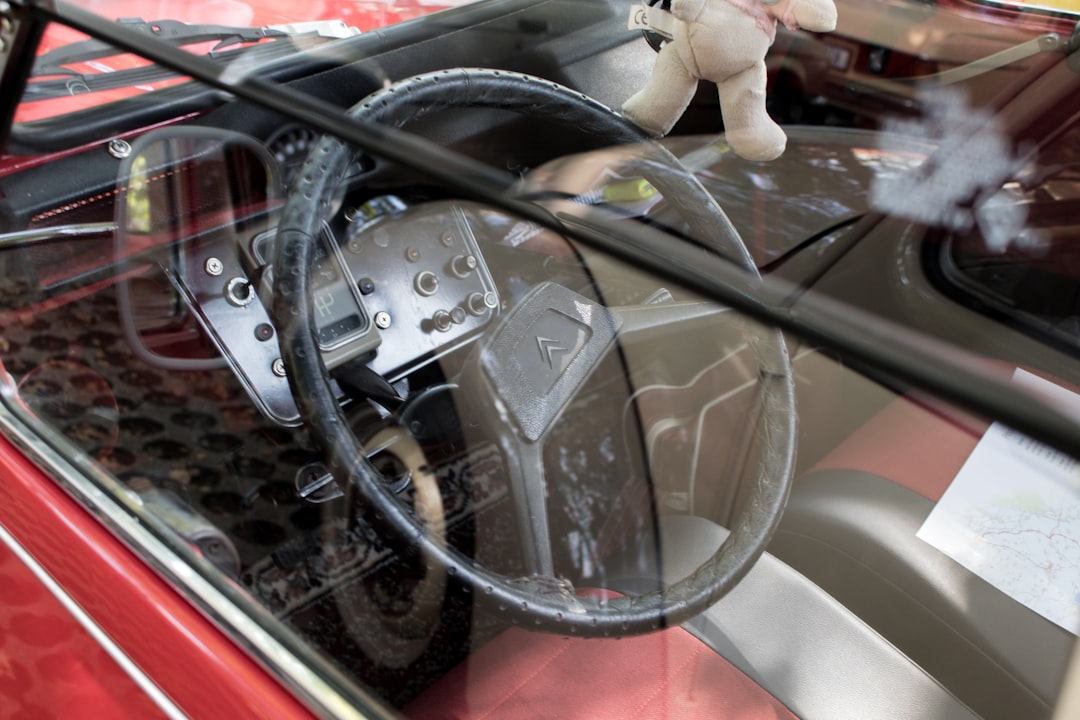-
- PCB TYPE
- PRINTED CIRCUIT BOARD PROTOTYPE ALUMINUM PRINTED CIRCUIT BOARD R&F PCB FPC HIGH FREQUENCY PCB HIGH-TG PCB HEAVY COPPER PCB HDI PCB PCB FOR LIGHTING METAL CORE PCB
time:Sep 26. 2025, 10:10:48
In the world of electronics, innovation is the name of the game, and flexible circuit boards are leading the charge. These modern marvels are transforming how we design and use electronic devices. From smartphones to medical devices, flexible circuit boards are everywhere, and their popularity is only growing. But what exactly makes them so advantageous? Let's delve into the world of flexible PCBs and explore their benefits.
Before diving into the advantages, it's essential to understand what flexible circuit boards are. Unlike traditional rigid PCBs (Printed Circuit Boards), flexible circuit boards are made from materials that allow them to bend and flex. This flexibility opens up a world of possibilities in electronic design.
PCB design is the process of laying out the electrical pathways on a board that will connect different components. In traditional PCBs, this board is rigid, limiting how the components can be arranged. Flexible PCBs, however, can be bent and shaped, allowing for more innovative designs.

Now that we have a basic understanding, let's explore the specific advantages that flexible circuit boards offer.
One of the most significant benefits of flexible circuit boards is their ability to reduce space and weight. Because they can be bent and folded, they can fit into tighter spaces and conform to the shape of the product. This is particularly beneficial in compact devices like smartphones and wearables, where every millimeter counts.
Flexible circuit boards are less prone to damage than their rigid counterparts. Their ability to flex means they can absorb shocks and vibrations better, making them ideal for environments where traditional PCBs would fail. This durability extends the life of the device and reduces maintenance costs.
The flexibility of these boards also allows for more creative and efficient designs. Designers can create products with unique shapes and configurations that were previously impossible. This capability not only improves the functionality of the device but also its aesthetic appeal.

Flexible circuit boards are used in a wide range of applications. Here are just a few examples:
In the consumer electronics industry, flexible PCBs are used in everything from smartphones to laptops. Their ability to fit into small spaces without sacrificing performance makes them ideal for these compact devices.
In the medical field, flexible circuit boards are crucial in creating advanced devices like pacemakers and hearing aids. Their reliability and flexibility ensure these devices can perform accurately and comfortably for the patient.
The automotive industry uses flexible circuit boards to reduce weight and improve the performance of various systems within vehicles. From dashboard displays to engine controls, flexible PCBs provide the reliability and efficiency needed in the demanding automotive environment.

While there are many advantages to using flexible circuit boards, there are also some challenges that designers and manufacturers must overcome.
One of the primary challenges of using flexible PCBs is their cost. The materials and processes involved in creating these boards are typically more expensive than those for rigid PCBs. However, the long-term benefits often outweigh the initial investment.
The manufacturing process for flexible circuit boards can be more complex, requiring specialized equipment and expertise. This complexity can lead to longer production times and higher costs.
Designing with flexible PCBs requires a different approach than with rigid boards. Engineers must consider the board's flexibility and how it will interact with the other components in the device. This can add an extra layer of complexity to the design process.
The future of flexible circuit boards looks bright, with several trends pointing to increased usage and innovation.
As devices continue to shrink, the demand for flexible circuit boards will grow. Their ability to fit into small spaces without compromising performance makes them ideal for the next generation of electronics.
The rise of IoT devices is another area where flexible PCBs are expected to play a significant role. These devices often require compact, lightweight, and durable components, making flexible circuit boards a perfect fit.
As sustainability becomes a more pressing concern, the electronics industry is looking for ways to reduce waste and improve efficiency. Flexible circuit boards, with their ability to reduce material usage and improve device longevity, are well-positioned to meet these needs.
Flexible circuit boards are revolutionizing the electronics industry by offering unmatched advantages in terms of space, weight, durability, and design flexibility. While there are challenges to overcome, the benefits they provide make them an increasingly popular choice for a wide range of applications. As technology continues to evolve, flexible PCBs are likely to play an even more prominent role in the devices of tomorrow.

Got project ready to assembly? Contact us: info@apollopcb.com



We're not around but we still want to hear from you! Leave us a note:

Leave Message to APOLLOPCB
